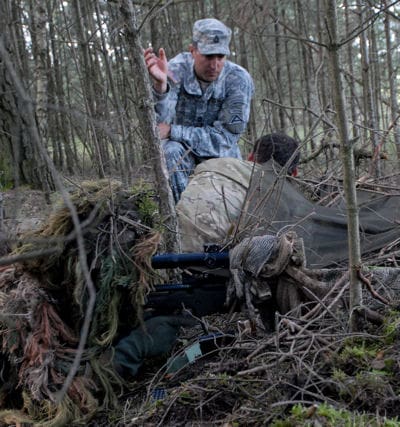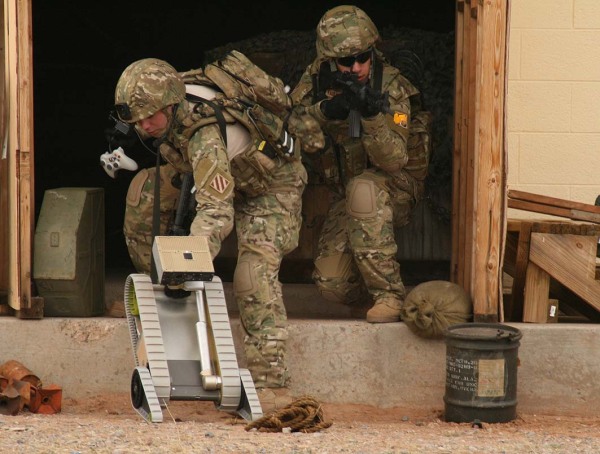...that's right, it's time for some Star Wars analogies in the field of counterinsurgency theory.
*(Except for David Kilcullen's description of US troops walking through the deserts of Iraq, clad in armour, helmets and glasses which made them look like Imperial Stormtroopers).
Abu Muqawama quotes an e-mail from his cousin in Afghanistan:
I'm sitting here on watch, sending some emails, and watching Return of the Jedi on my laptop. It got me thinking.
Why didn't the Rebel Alliance pursue a strategy of insurgency in their rebellion against the Galactic Empire? I would argue that they pursued a strategy of conventional war against the Empire and forwent every aspect of insurgent strategy and tactics. They finally came around a bit in the end by co-opting the Ewoks onto their side. Why hadn't they pursued that strategy on a larger scale?
Instead, they simply staged two conventional assualts on the Empire's center of gravity: the Death Star. Although both attempts were successful, I think they got lucky. I think they would have been better served had read their Mao and followed his maxims.
Why didn't the Empire follow counterinsurgency doctrine? Destroying Alderan was probably the dumbest move ever, one that the Alliance could have exploited to their advantage with the proper IO campaign. What do you think the similarities are between destroying Alderan and 4ID tactics circa 2004-5 or liberal ordnance drop policies in Afghanistan?
And neither side seemed to subordinate their tactics and strategy to political goals? Clausewitz would have been appalled. Jomini and Summers, on the other hand, would have been most proud.
My thoughts on the subject are a little incomplete, but I think a good case study awaits a more dedicated set of eyes and a higher powered brain.
In any event, I bet the next time you watch the Trilogy, this is all you'll be able to think about.
The Star Wars analogies (particularly Return of the Jedi) actually have some merit in the field of counterinsurgency. After all, George Lucas wrote the original forest battle (then involving Wookiees instead of Ewoks) with images of the primitive insurgent Viet Cong taking on technologically superior US forces.
Although Muqawama's cousin brings up a good point. The Rebel "insurgents" (as Palpatine refers to them as in LucasArts' TIE Fighter) behave much like a conventional army at times, with massive starships participating in "space parity" dogfights. Maybe they're like a Maoist insurgency in that they've moved beyond the insurgent phase (started in the deleted scenes of Episode III) and take on the Empire in conventional battle. Note that their record in conventional battle is hardly perfect, due to their loss against the superior mechanized force in the Battle of Hoth. Although the asymetric counter to the AT-AT Walker--tying its legs with harpoons and two cables fired from the T-47 Snowspeeders--is quite effective.
Then again, people always have to remind me that it is a movie.









